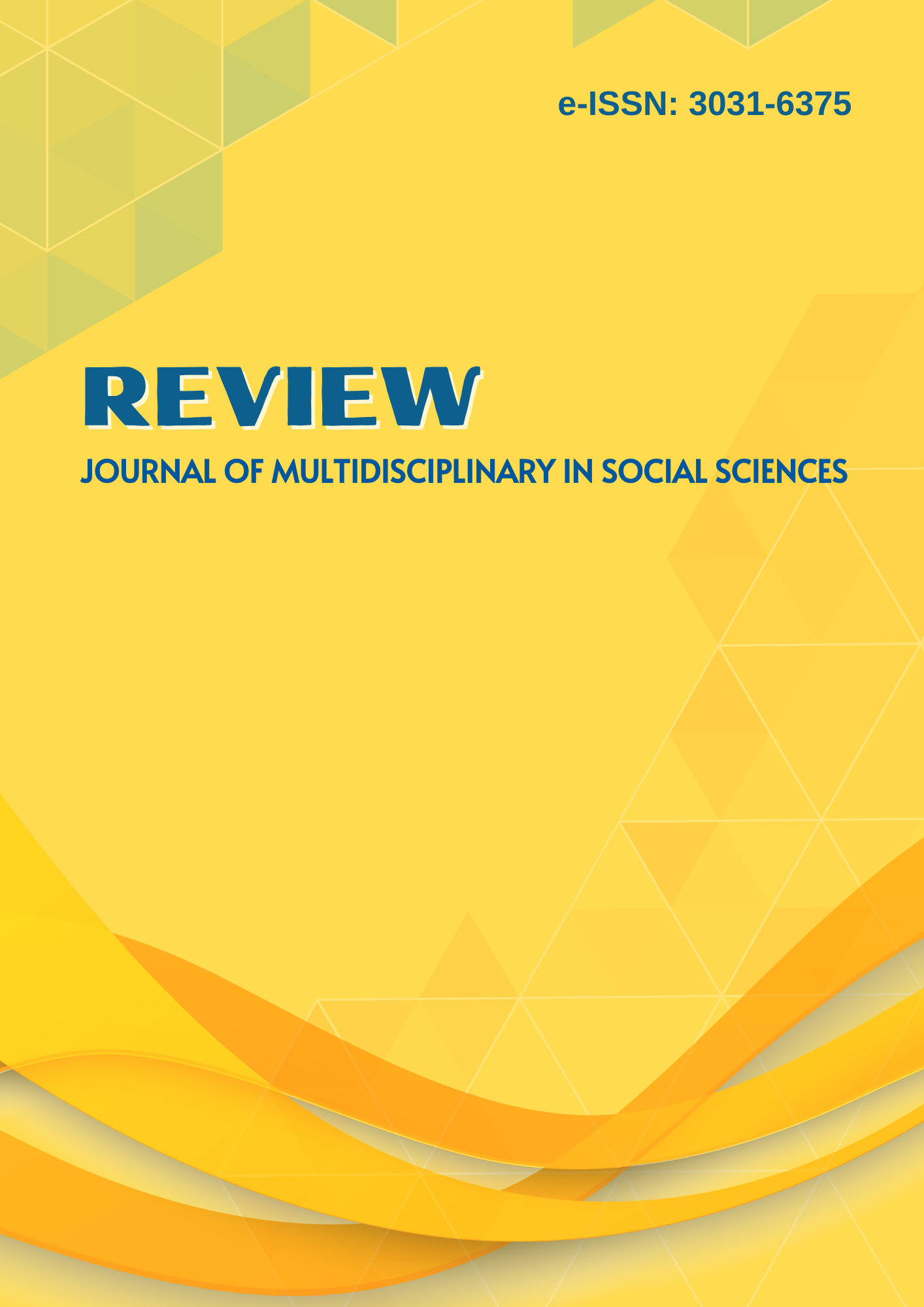Implementing Heijunka Improves Production Time Efficiency at PT Toyota
DOI:
https://doi.org/10.59422/rjmss.v1i13.670Keywords:
Heijunka, Time efficiency, Production scheduling, Production leveling, production efficiencyAbstract
When businesses do batching for products that have varying levels of demand, work will usually be distributed unevenly, creating a high probability of overtime or idle time on the production line. These peaks and valleys in production result in an overload for workers. On one hand when demand skyrockets, and lower productivity on the other hand when demand plummets to its lowest point. There is an imbalance in the production process, so it is necessary to equalize what we know as Heijunka. So, heijunka means conversion to a production level. The definition indicates that the production run on the workstation or factory floor is production leveling or production leveling. Consumer demand is broken down into smaller lot or batch sizes. The applied production schedule spreads the production demand more evenly (demand leveling) in turn among all product items, so production is relatively stationary (production leveling). This avoids the buildup of products that are continuously produced for a long time, and long lead times for other products that are not produced. Waste due to stock accumulation and waiting time can be prevented by heijunka. Based on the research data using qualitative methods with interviews, significant analysis results were obtained, namely that before using the Heijunka method, there was a buildup in the first hour of 37 units, while in the second hour there were only 13 units. However, when using the Heijunka method, it was successfully averaged to 25 units per hour for 8 working hours, so that the total production time reached 480 minutes. With this method, production time equalization is achieved so that there are no unit models that are produced independently at the end of production, this also minimizes delays in customer requests if there are product order variables.


